Dates, the sweet and nutritious fruit of the date palm, are a vital staple and cultural symbol across many arid regions of the world. Known for their rich flavor, dense nutrient profile, and long shelf life, dates have been cultivated for thousands of years—particularly in the Middle East and North Africa. In today’s global agricultural landscape, date production is not just about tradition, but also a booming industry. In this article, we’ll explore in detail which country grows the most dates globally, the reasons behind their dominance, and how the global market for this fruit is evolving.
Overview of Global Date Production
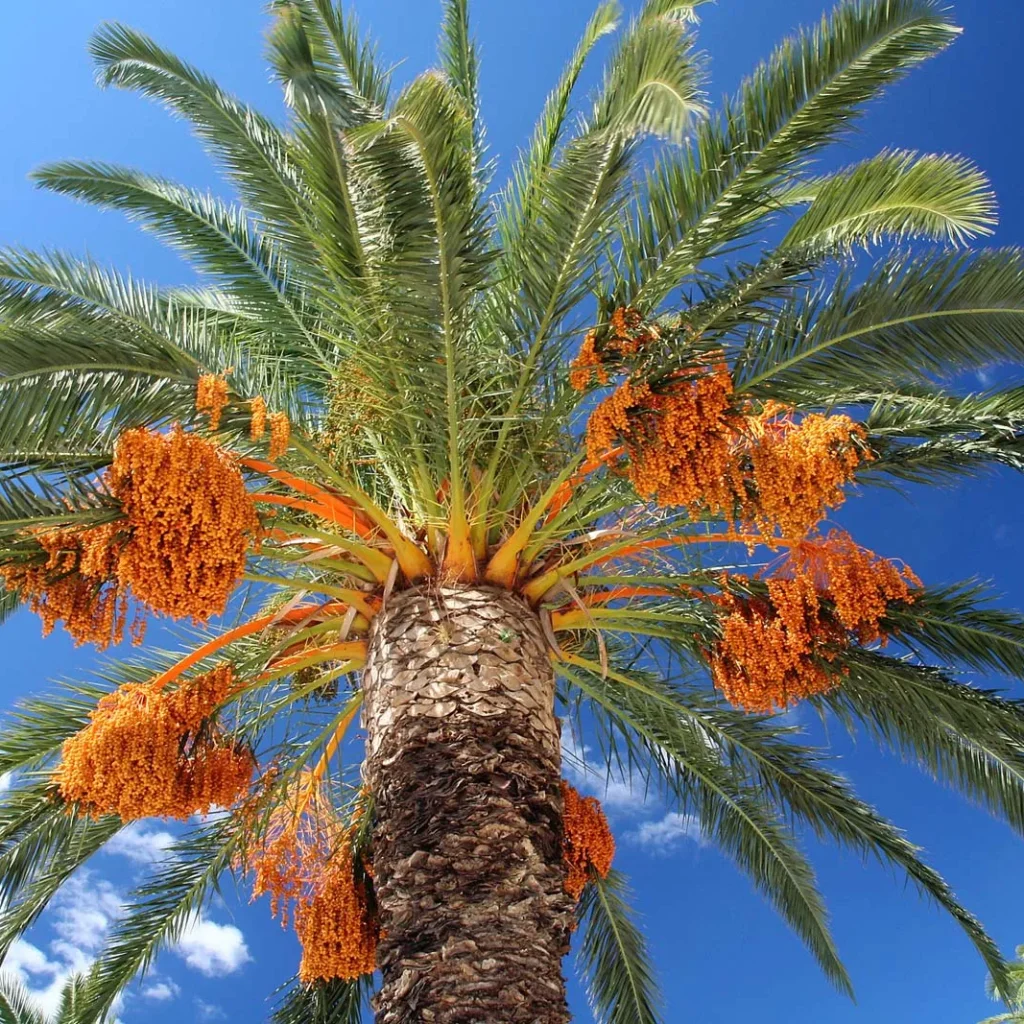
Globally, more than 9 million metric tons of dates are produced annually, and the demand is increasing, driven by rising health consciousness, interest in natural sweeteners, and traditional demand in Muslim-majority countries during Ramadan.
The cultivation of date palms requires hot, arid climates with minimal rainfall—conditions predominantly found in the Middle East, North Africa, and parts of South Asia. The top date-producing countries contribute over 80% of the world’s total output.
Top Date-Producing Country: Egypt
As of the most recent data (2025 update), Egypt stands as the largest producer of dates globally, accounting for nearly 20% of global production.
Key Stats:
- Annual Production: ~1.7 million metric tons
- Main Growing Regions: Nile Delta, Aswan, El Wadi El Gedeed
- Popular Varieties: Zaghloul, Siwi, Samany, Barhi
Why Egypt Leads:
- Favorable Climate: Egypt’s hot, dry climate is ideal for date palms.
- Government Support: Initiatives to expand date palm cultivation and improve post-harvest technologies.
- Export Infrastructure: Proximity to Europe and strong logistics infrastructure help facilitate exports.
- Agro-Industrial Development: Growth of processing and packaging facilities has increased product quality and marketability.
Despite its high production, Egypt historically consumed most of its dates domestically. However, exports have surged in the past decade thanks to modernization and international certifications.
Runner-Up: Saudi Arabia
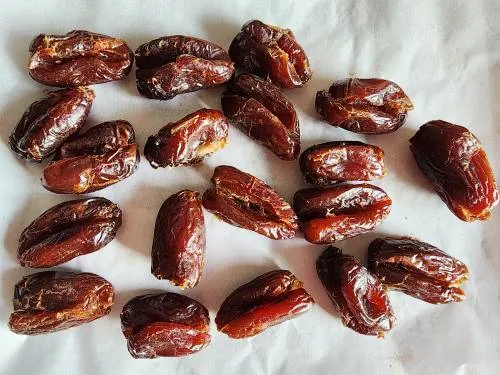
Saudi Arabia is one of the most iconic and influential players in the date industry.
Key Stats:
- Annual Production: ~1.6 million metric tons
- Main Growing Regions: Al-Qassim, Medina, Riyadh, Eastern Province
- Popular Varieties: Ajwa, Safawi, Khudri, Sukkary
Strengths:
- Religious Tourism: Dates are a traditional gift and food for pilgrims visiting Mecca and Medina.
- Advanced Irrigation: Despite being desert-dominated, Saudi Arabia has invested heavily in efficient date farming systems.
- Brand Reputation: Varieties like Ajwa hold religious and cultural significance, commanding high global prices.
Saudi Arabia also hosts the International Dates Conference and is striving to increase its global market share through heavy investment in agricultural innovation.
Other Major Producers
Iran
- Production: ~1.3 million metric tons
- Varieties: Mazafati (soft, sweet), Zahedi (dry), Kabkab
- Challenges: Sanctions and logistical constraints limit full export potential.
Algeria
- Production: ~1.2 million metric tons
- Famous For: Deglet Nour, known as the “queen of dates”
- Strength: High-quality export-grade dates, especially to Europe
Iraq
- Historical Significance: Once the top producer globally
- Production: ~700,000–900,000 metric tons
- Recovery: Post-conflict agricultural revitalization is helping increase output again.
Emerging and Growing Producers

While traditional producers dominate, several non-traditional countries are rising in the global rankings due to favorable climates and investment in agriculture.
Sudan
- Increasing production rapidly with large land availability.
Oman
- High per capita consumption; also exports to Gulf and Asian countries.
Pakistan
- Major exporter of semi-dry varieties like Aseel.
India
- Not yet a major player in global date production, but increasing domestic cultivation in Gujarat and Rajasthan to reduce import dependence.
Global Trade Dynamics
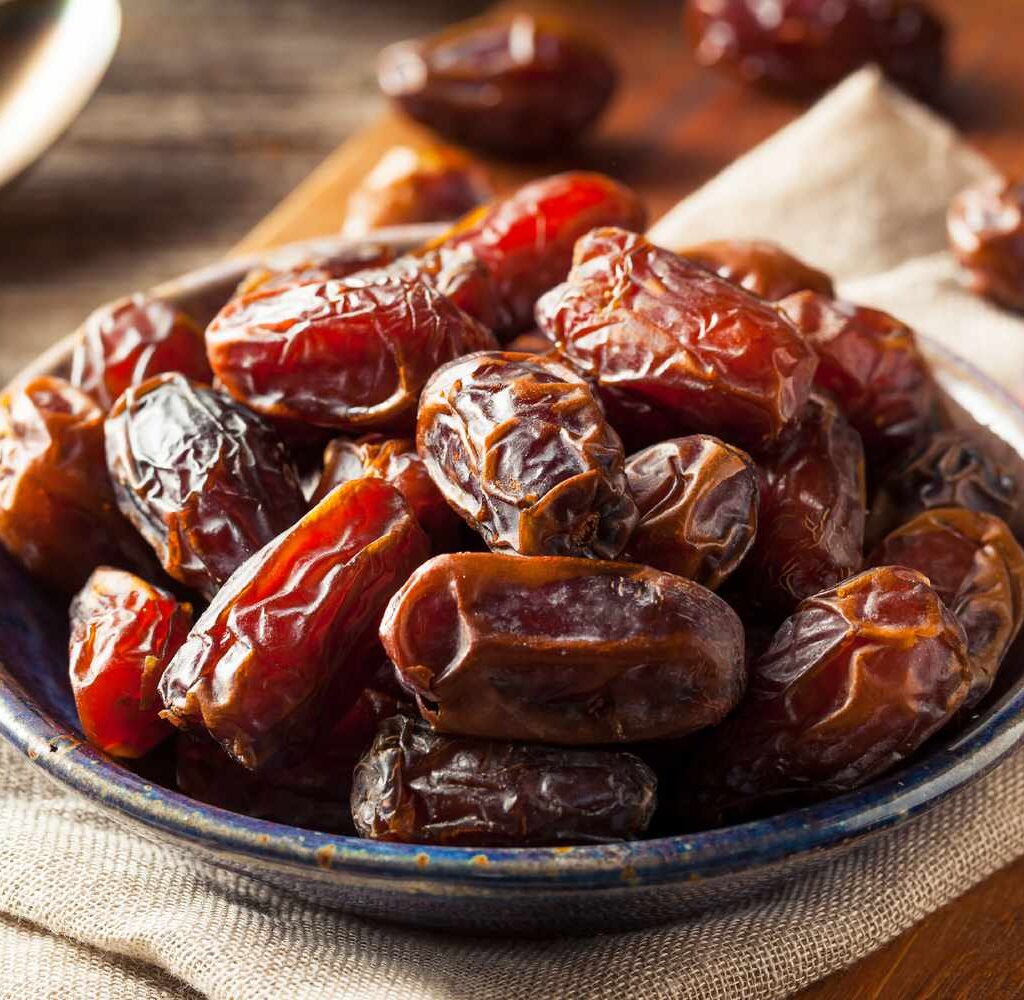
The global date market is valued at over $13 billion, with strong annual growth fueled by:
- Health trends: Dates are rich in fiber, potassium, and antioxidants.
- Religious factors: Especially high demand during Ramadan.
- Processed products: Date syrup, date sugar, bars, and health snacks are gaining popularity.
Top Exporting Countries:
- United Arab Emirates
- Saudi Arabia
- Tunisia
- Iran
- Israel
These countries often act as re-export hubs or add value through processing and branding.
Environmental Considerations
Date palms are drought-resistant and ideal for arid regions, but they do require significant water during certain phases of growth. Countries like Saudi Arabia and the UAE are developing climate-smart agriculture and precision irrigation to minimize water use while maximizing yields.
Interesting Facts About Dates
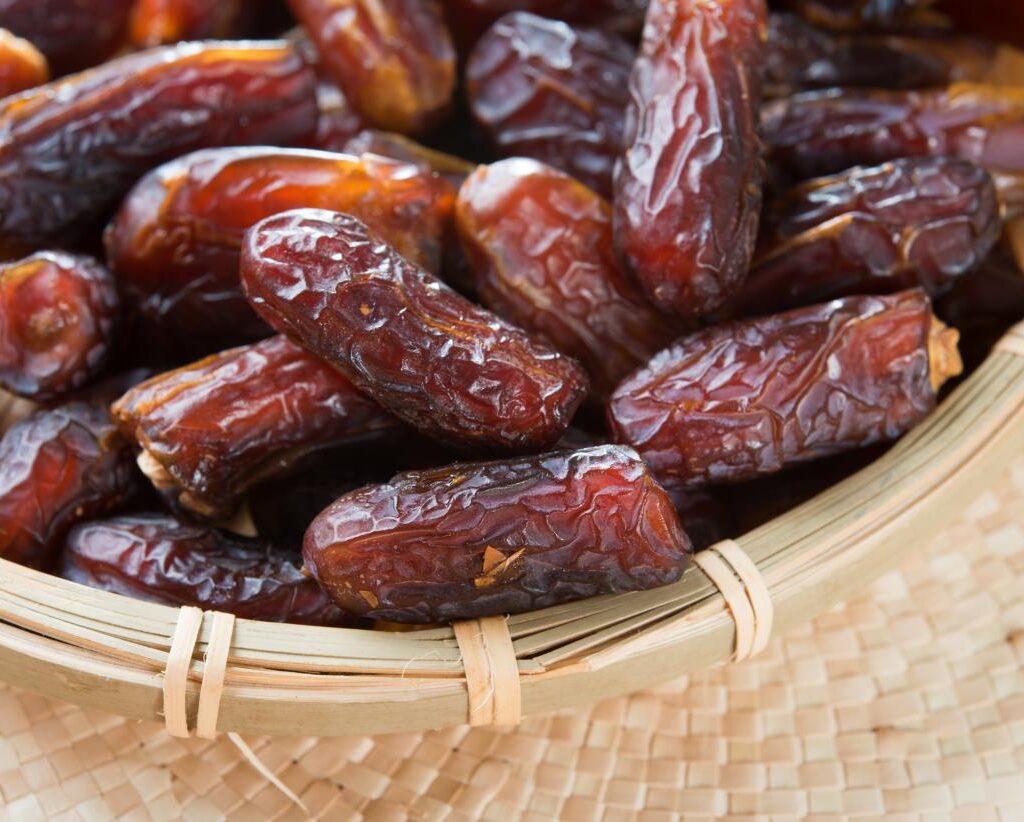
- Lifespan: Date palms can live for over 100 years, bearing fruit for up to 80.
- Yield: A mature palm can produce 100–200 kg of dates per year.
- Cultural Symbolism: Dates are mentioned over 20 times in the Quran and were a staple in ancient Mesopotamia.
Conclusion
Egypt is the clear leader in global date production, followed closely by Saudi Arabia and Iran. These countries dominate due to their natural climate advantages, deep-rooted agricultural traditions, and increasingly modernized production systems. With dates continuing to grow in popularity around the world—thanks to their nutritional value and versatility—the global date market offers robust opportunities for both traditional and emerging producers.
As nations invest in innovation, irrigation, and export strategies, we may see further shifts in the rankings. But for now, the desert-rich lands of North Africa and the Middle East remain the undisputed champions of date cultivation.

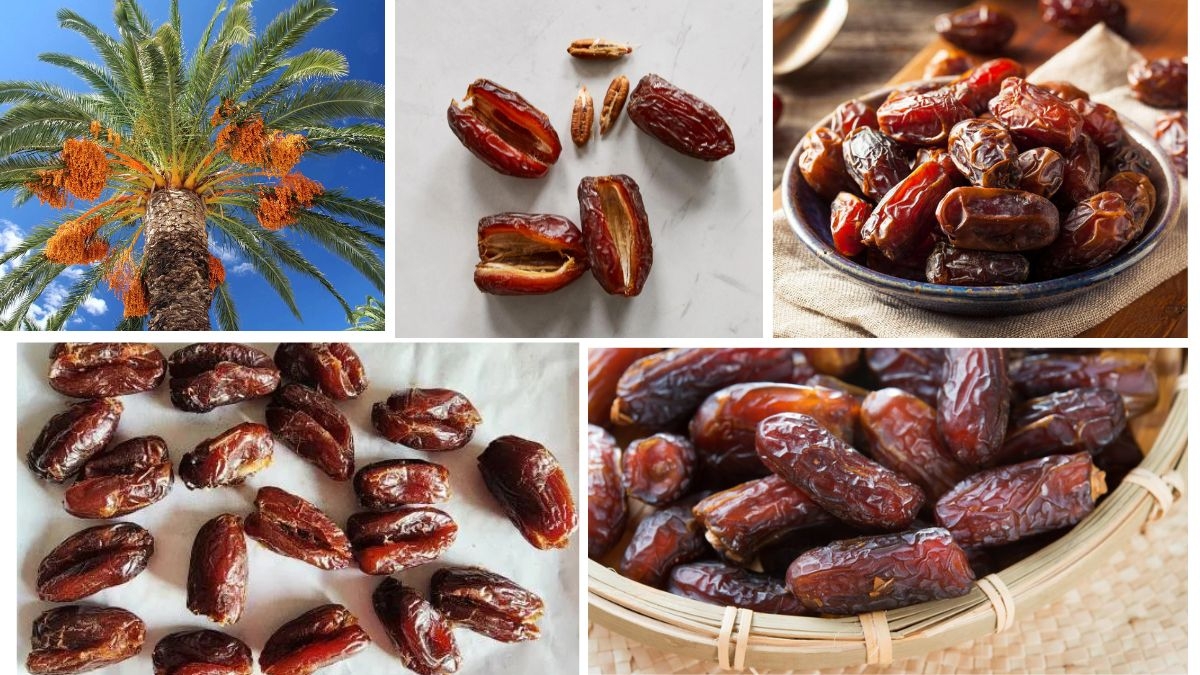

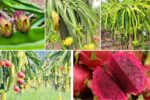


Leave A Comment